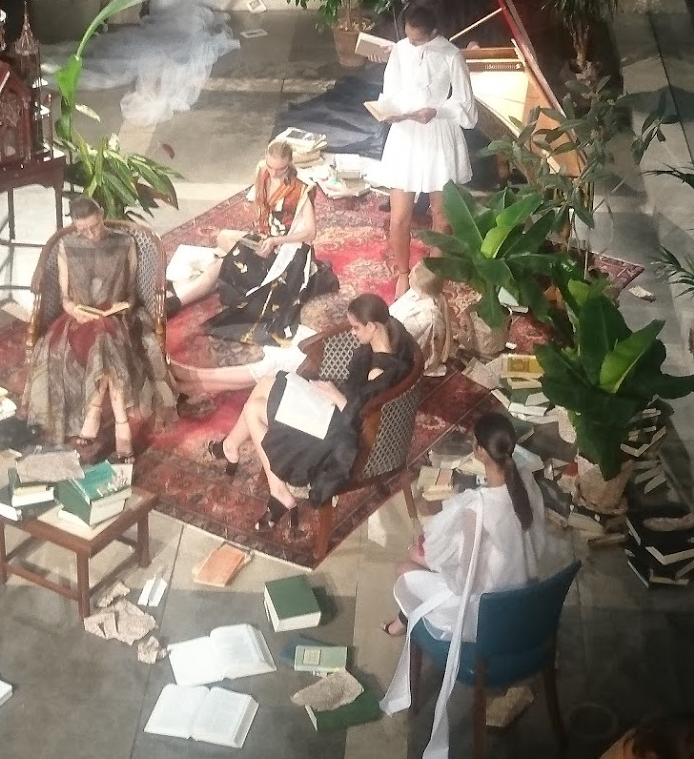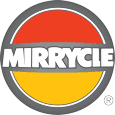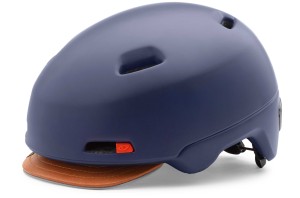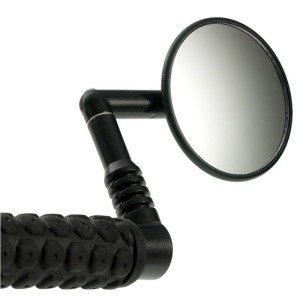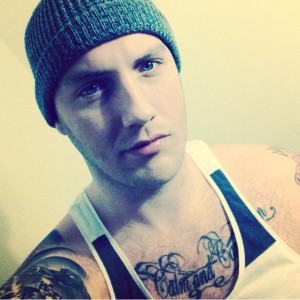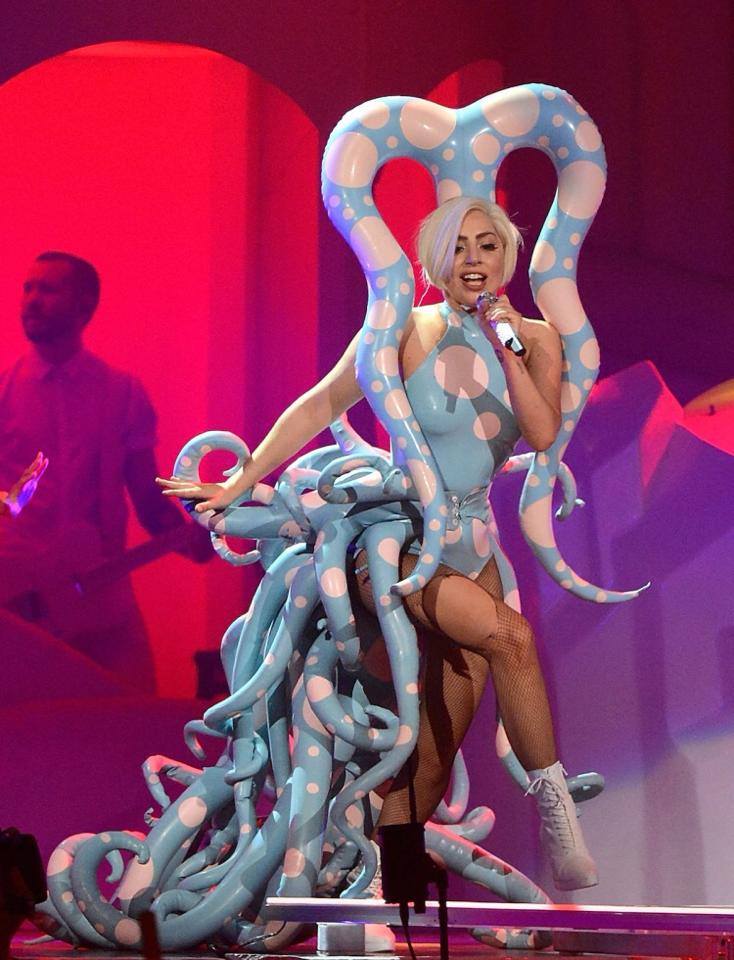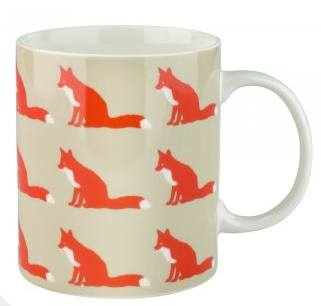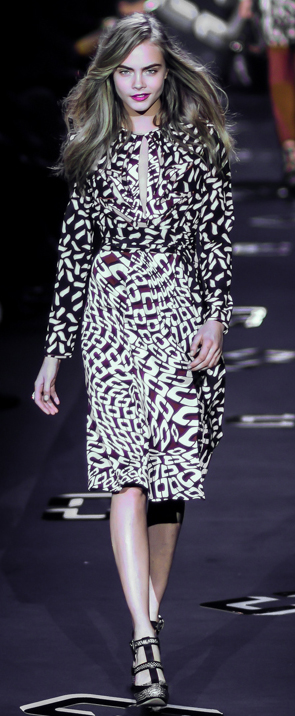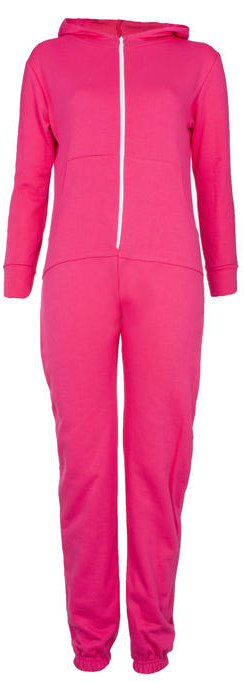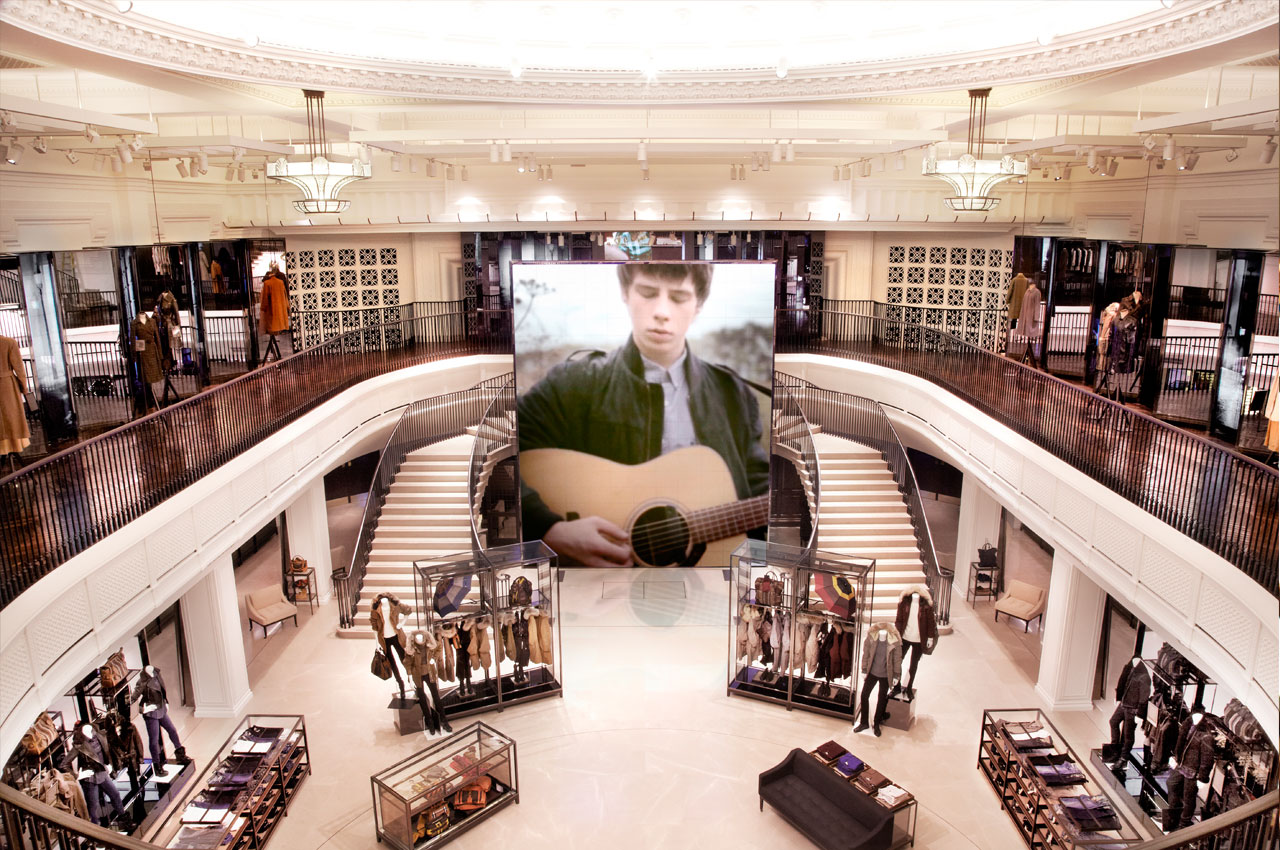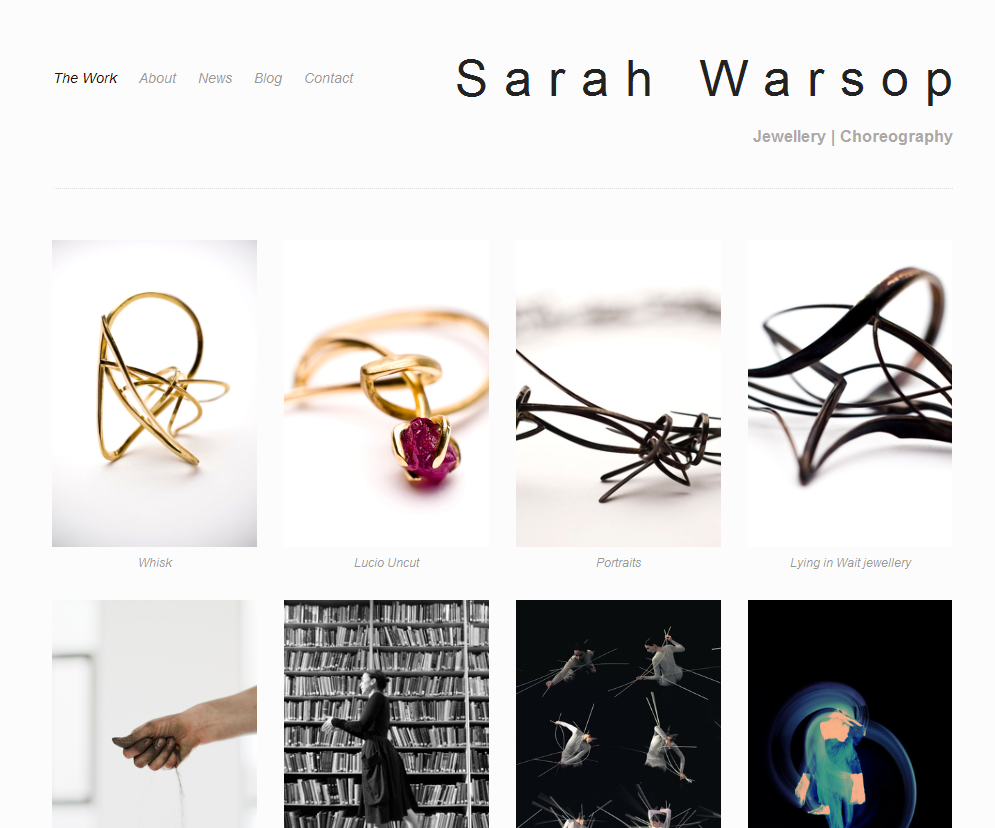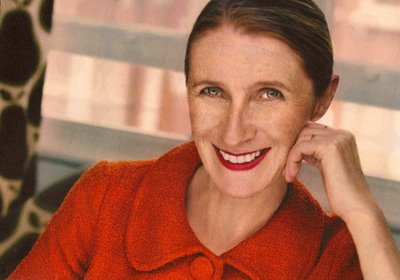In January we ran a competition to find designers and makers who have used the Library to develop their ideas, the prize was a day selling their products at our at our Spring Market on Monday 4 March 2013.
The winners of the competition also get training in running a market stall, free business advice through the Business & IP Centre, as well as marketing support from the Library.
I bought some great presents at last years Spring Market so am really looking forward to this one.
Spring Market winners 2013
Ali Miller
Ali’s handmade and UK produced homewares have a traditional, nostalgic feel with a twist of British quirkiness. Her vintage inspired work has been featured in the BBC’s Sherlock Holmes series as well as in notable publications such as Elle, Financial Times and The Telegraph. Ali has attended the Library’s ‘Make it, Sell it’ event and used our Business & IP Centre for research.
www.alimiller.co.uk
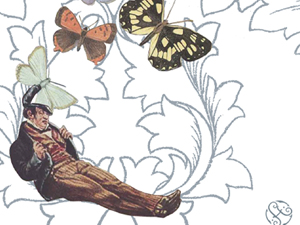
Anthropoid Clothing
Using her training as a scientific and natural history illustrator, Abigail Lingford creates bags, home wares, clothing and shoes inspired by her love of science. She was shortlisted for the BBC wildlife artist of the year in 2012 and has been featured in Time Out and The Guardian. She is inspired by our exhibitions, including ‘Out of This World’ on science fiction. She is also a user of our Business & IP Centre which helps her to commercialise her work.
www.anthropoidclothing.com
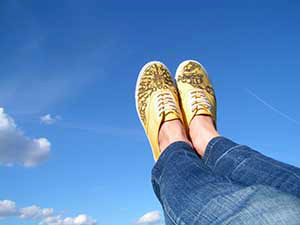
Boodi Blu
Upcycling has become increasingly popular in recent years. Boodi Blu’s Sarah Marafie has utilised this to create beautiful bespoke pieces of china and porcelain jewellery. The china she uses has been found buried or washed up on river banks, building an historical story to the jewellery. Sarah has used our Business & IP Centre to better understand intellectual property, copyright and to attend our ‘Knowing your Market’ workshop.
www.boodiblu.com
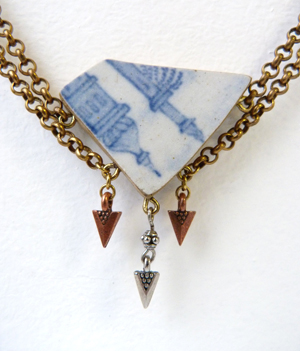
Euan Cunningham
A professional artist, Euan has applied his ink and watercolour drawings of London landmarks to items such as greeting cards, mugs, t-shirts and prints. Euan was featured in the Sunday Times and his card designs are now sold in Fortnum and Mason. The Library’s building has influenced his work – watch out for the British Library print!
http://commissionahouseportrait.com/
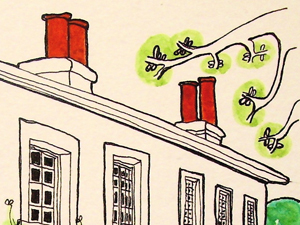
Josie Shenoy Illustration
Josie is an illustrator and designer who is inspired by storytelling and has a passion for fusing hand-made and digital approaches. Josie’s success is growing; she has recently sold her work with Topshop and ASOS. Josie attended our ‘Make it, Sell it’ event and has enjoyed our exhibitions such as ‘Mughal India: Art, Culture and Empire’.
http://josieshenoy.com
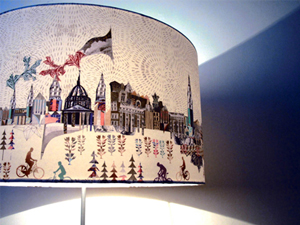
Lisa Edoff
Swedish graphic designer Lisa Edoff creates beautiful products inspired by folk tales, nature, pop culture and the surrounding environment. She was directly approached by notonthehighstreet.com to become a partner and her products have been recommended by The Independent Magazine. Lisa has used our Business & IP Centre to attend our ‘Beginner’s guide to IP’ workshop, get one-to-one business advice and to network with other makers.
www.lisaedoff.com
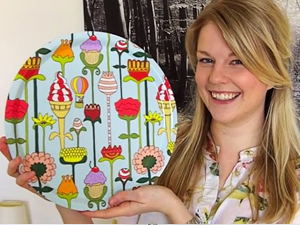
Lucy Alice Designs
Lucy Porter has been creating gifts, cards, jewellery and homewares since 2011, all of which are influenced by her love of illustration and the British outdoors. Lucy was Runner up in the New Design Britain Awards in January 2012 as well as an exhibitor at MADE 12. Lucy has used the Library’s Business & IP Centre to research intellectual property and to create her business plan as well as researching British wildlife in our wider collections.
www.lucyalicedesigns.co.uk
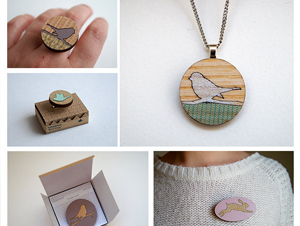
Motties
Environmentally friendly Motties, are cosy and stylish slippers handmade from recycled leather materials. Alexa Mottram, the designer and creator of Motties, donates £1 from every sale to the homeless charity Emmaus. Alexa has received notable press coverage from The Independent, The Daily Telegraph and The Guardian. Her focus is on ethical fashion and she used the Library’s collection to research her MSc in Sustainable Architecture and Energy Studies, which has influenced her design work.
www.motties.co.uk
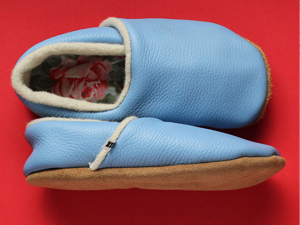
Nette’ Leather Goods
Talented Californian turned Londoner, Johnette Taylor produces high quality leather goods such as purses, iPad cases and bicycle accessories. Her hand crafted accessories are made to last as well as being designed for functionality and attractiveness. In 2010, Johnette won a start up grant from the Prince’s Trust, and is currently a finalist in the Brand Amplify competition. She attended our creative and fashion meet-ups and training sessions on copyright and registered designs.
www.netteleathergoods.bigcartel.com
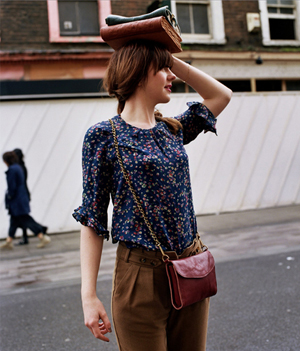
The English Tee Shop
Alia Qadir designs and makes a range of luxurious printed t-shirts for women. Her emphasis on Englishness is central to the brand and can be seen through her use of the English language on the t-shirts as well as manufacturing her line solely in the UK. Alia has used the Library’s Business & IP Centre to do market research and has attended a trends workshop with our partner Insider Trends.
www.theenglishteeshop.com
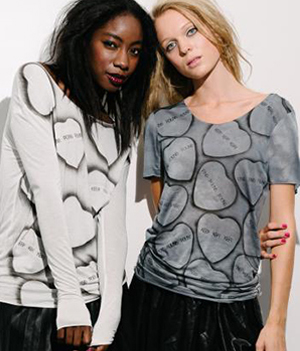
Wonderhaus
Wonderhaus is an urban jewellery brand created by Julia Roy Williams. Julia gathers inspiration from urban environments, looking at architecture, music and other sub cultures and transforms this into beautiful jewellery made from materials such as bronze, leather, perspex and rubber. Julia’s jewellery has been recommended by The Sunday Times and Grazia as well as being seen on celebrities such as Erin O’Connor. Julia has been inspired by our exhibitions, including ‘Magnificent Maps’, our online gallery of images and our St Pancras flagship building.
www.wonderhaus.co.uk
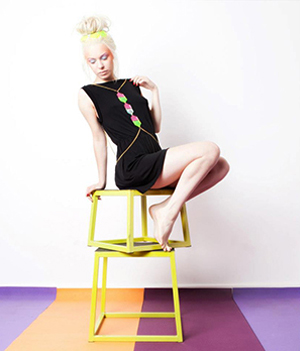
 Last Tuesday on my way to get my early morning coffee, I stumbled across our own little bit of London Fashion Week at the British Library.
Last Tuesday on my way to get my early morning coffee, I stumbled across our own little bit of London Fashion Week at the British Library.
